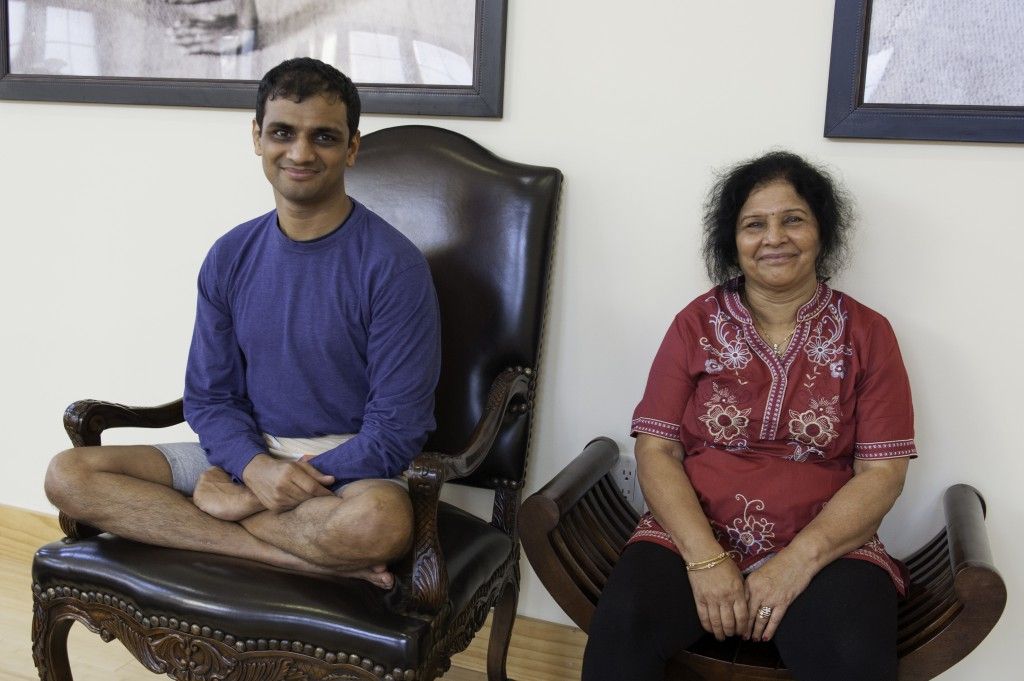Q&A with Kino MacGregor
Yogavibes put together this interview with one of the faces of Ashtanga, Kino Macgregor.
Q. Why Ashtanga Yoga? What makes this method of yoga so meaningful or transformational for you?
A. Yoga has the power to transform your whole life. It is a lifelong journey into the inner space of the higher self within each person. Ashtanga Yoga is a traditional, lineage based practice that comes directly from India. I love the traditional nature of the practice because it allows me to surrender to something much bigger than any one person. I met Sri K. Pattabhi Jois when I was twenty-three years old and it changed everything I knew about myself. He represented the true potential of the human spirit and he taught a simple method of yoga that anyone can learn. I’ve devoted the last fourteen years of my life to studying Ashtanga Yoga in India and I now continue my studies with Guruji’s grandson, R. Sharath Jois.
Q. What do you have to say to yogis that are scared and/or intimated by the intensity and discipline of Ashtanga Yoga? How should they approach the practice?
A. Start with something really basic. Do not jump into a complete, fast paced practice. The way that my teacher would work with beginners was to start off with a very short easy practice of the Sun Salutations that takes between five and ten minutes to learn and practice. Many people dive head first into yoga and get overwhelmed with the intensity and the discipline. Beginners should just enjoy being beginners and take it easy, have fun and enjoy their practice. Don’t worry about doing it every day, start off with a modest goal of doing yoga three times a week, and then let yoga inspire you to do more.
Q. Does boredom ever strike in your personal practice? If so, how do you keep on keepin’ on?
A. The journey in yoga is as infinite as the human spirit so there are always new depths and new experiences waiting through the vehicle of the practice. That being said, I’ve been through many periods of boredom where I felt like I was circling an endless plateau. What I’ve found is that periods of boredom – where it seems like you are making no progress or even sliding backwards – are actually periods of deep integration. Whatever I’m experiencing, I do my best to just give it space to be, so if I’m bored I just be aware that I’m bored and keep practicing.
Read more about Kino and Ashtanga
Image via Tumblr





